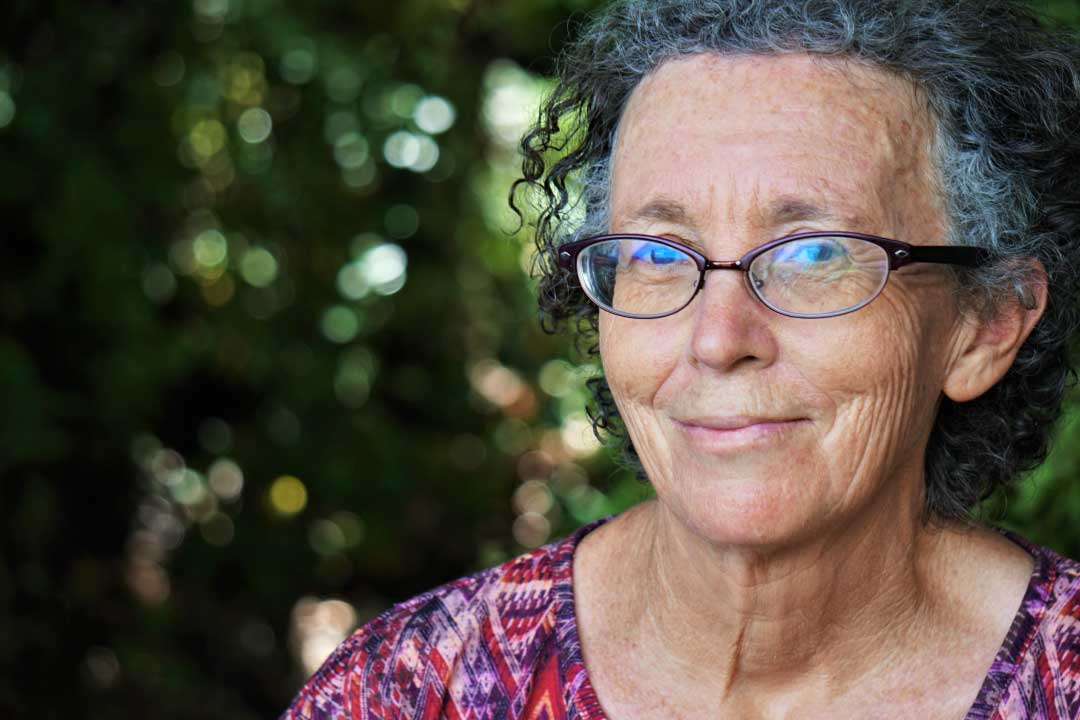
Diabetic retinopathy: How to prevent vision loss
Diabetes is the leading cause of blindness in Australian adults, and across the world, the number of people suffering from diabetes is rising at an incredible rate. In this post, our head office team takes a look at diabetic retinopathy, a condition of the eyes that develops in those with diabetes.
Diabetes is the forgotten epidemic of the 21st century and stands as one of the biggest ongoing challenges confronting Australia’s health system.
Diabetes remains the number one cause of blindness in Australian adults.
The disease causes a range of serious health problems in the body; some of the most serious problems are the ones that develop in the eyes, otherwise known as diabetic retinopathy.
Diabetic retinopathy can lead to blindness. The worst thing about the condition is that there are often no symptoms of diabetic retinopathy during the early stages, so people don’t even know they have it.
If you have diabetes, the only way to know if you have diabetic retinopathy is to have a diabetes eye test done by your optometrist.
What is diabetic retinopathy?
Diabetes complications fall into two groups: ‘microvascular’ and ‘macrovascular.’
Macrovascular complications involve large blood vessels; microvascular complications involve small blood vessels.
When a person has diabetes, they have high levels of glucose, or blood sugar. High blood glucose levels over long periods of time damages blood vessels. Basically, the blood vessels lose elasticity and that causes them to narrow, which restricts blood flow.
Examples of macrovascular diabetic complications would be conditions such as heart disease, stroke, or the loss of feeling in the legs, hands, or feet.
Diabetic retinopathy is an example of damage to the small blood vessels in the retina, which is located at the back of your eyes. The retina is a thin tissue that contains millions of nerve cells, which are responsible for detecting light, shapes, and colours.
In the first stage of diabetic retinopathy, (called ‘non-proliferative’), the damaged blood vessels in the retina become weak and leak. In the second, more advanced stage of diabetic retinopathy (called ‘proliferative’), the damage to the retinal blood vessels is more widespread. That causes the growth of new, abnormal blood vessels. When that happens, there is severe loss of vision, increased eye pressure leading to glaucoma and the potential for total blindness.
Risk factors of diabetic retinopathy
Diabetic retinopathy is one of the most common complications of diabetes. Anyone with diabetes can develop it, but the risk of vision loss can go up based on the following factors:
- High blood pressure
- High cholesterol
- Smoking
- Long periods of elevated blood glucose levels
- The longer you have diabetes
People with diabetes are not powerless to stop the advance of diabetic retinopathy. It’s important to remember that regular eye exams and dedication to maintaining control of blood sugar and blood pressure are the best ways to prevent diabetes vision loss.
Vision loss prevention
Most vision loss from diabetic eye disease can be prevented if it is caught early enough.
If you or someone you care about has diabetes, don’t wait for visual diabetic retinopathy symptoms to develop to book an eye check. Often, by the time vision problems are experienced, the disease is in the advanced stages, and it will be more difficult to manage.
As a rule of thumb, people with diabetes should have their eyes checked after being diagnosed with the condition, and then at least once every two years. Often, some people will need to have eye checks more frequently. Speak with us to determine the schedule that is right for you.
In July each year, Diabetes Australia focusses on raising public awareness about the seriousness of diabetes and to encourage all Australians to check their risk. The 2022 National Diabetes Week takes place from 10 to 16 July and focuses on the emotional health and well-being of the 1.8 million Australians living with the condition.
Too many Australians have already lost their sight as the result of diabetes. In recognition of National Diabetes Week 2022, let’s all commit to changing these statistics.
For more on diabetic retinopathy, visit this page, and if you have any concerns book an appointment.
Ready to book an appointment?
Online bookings available or call us on (07) 3463 0349.
This website does not provide medical advice. It is intended for informational purposes only. It is not a substitute for professional medical advice, diagnosis or treatment. Never ignore professional medical advice in seeking treatment. If you think you may have a medical emergency, immediately dial Triple 0 (000).

